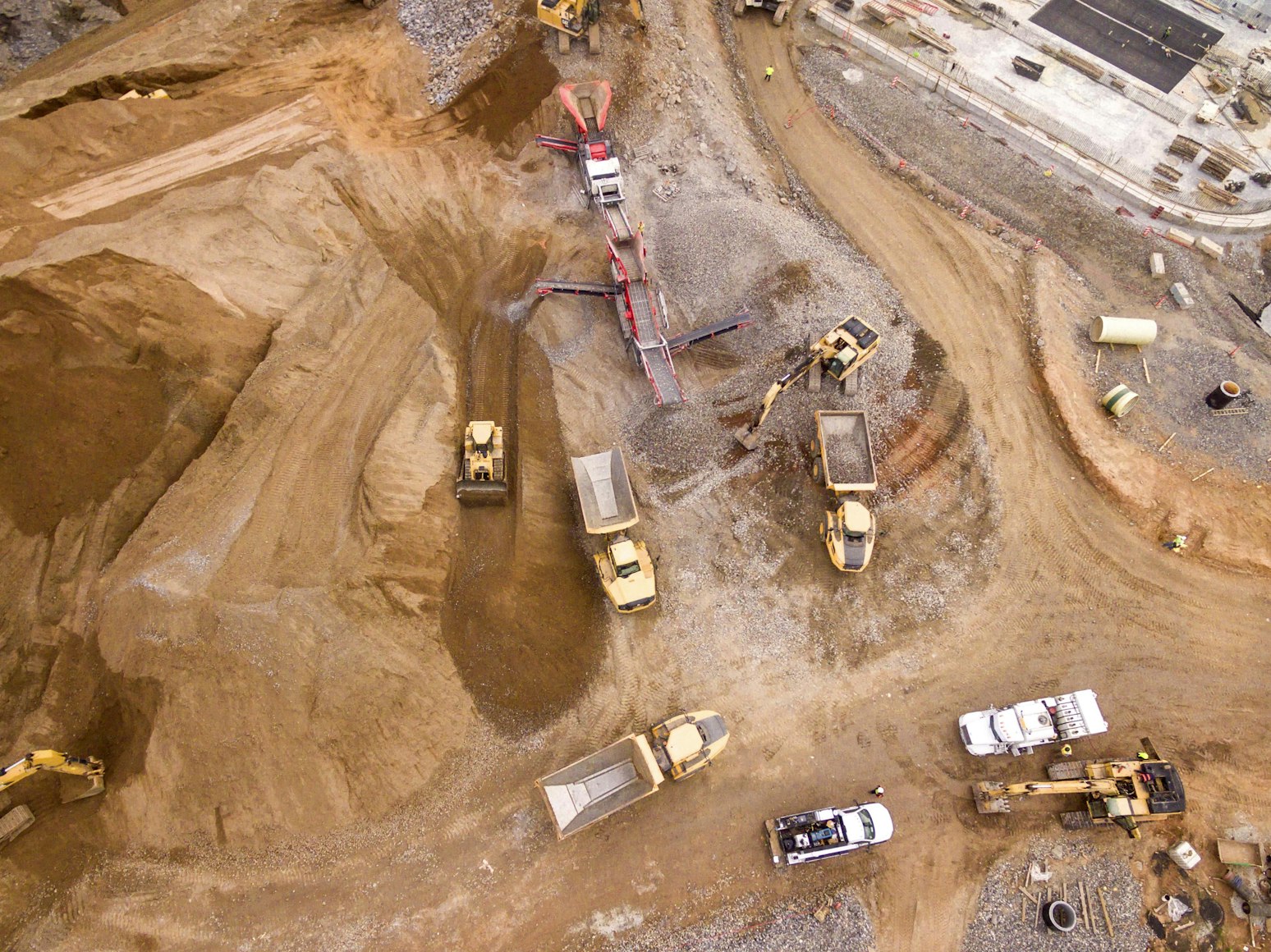Pictured: Early 1970s Iran – before the Islamic revolution contrasted with ‘modern’ Iran.
On 1 April 1979, Ayatollah Khomeini declared Iran an Islamic Republic. This put an official end to 2,500 years of continuous Persian monarchy (which had become a constitutional monarchy with parliament from the early 1900s, although more autocratic as seditious demonstrations became more numerous and violent in the late 1970s).
Within a year, modernising Iran instead regressed into a fully-fledged theocratic state of Sharia law and black sacks with Khomeini as its Supreme Leader.
The descent of Iran into a Sharia state followed a long sequence of events including:
- the Iranian revolution, which began with demonstrations in October 1977 (over the death of Khomeini’s eldest son), but intensified in January 1978 after a newspaper column by a government agent criticised Khomeini and his undermining motives (who had been in exile from Iran, mostly in nearby Iraq, since late 1964)
- the cancer-suffering Shah of Iran (the monarch) fleeing his own country in mid-January 1979, replacing himself with a regency council
- Khomeini returning to Tehran on 1 February 1979 and displacing the Shah’s regency council ten days later, and
- a national referendum put to the Iranian people in late March 1979 that asked, “Should the monarchy be abolished in favour of an Islamic Government?” which received overwhelming support, including from Marxists, the secular left, anti-westerners, moderates and the religious right.
Once the new republic was declared, Khomeini and his Islamic clerics swiftly excluded their former left-wing, secularist, nationalist and intellectual allies from any positions of power. They brushed aside – even executed – those they had needed, tricked and courted to topple the nation’s Shah and constitutional monarchy.
Within a year, Khomeini and his clerics had:
- drafted a Constitution based “100% on Islam”
- prolonged the US hostage crisis (where youthful Islamists had stormed the American embassy in Tehran and taken over 50 US diplomats hostage from 4 November 1979 – only to be released 444 days later upon President Reagan’s inauguration)
- fomented further anti-Western, anti-Shah and “US as the Great Satan” sentiment from the hostage crisis to help pass, via another referendum, their Sharia Constitution
- shut down dozens of newspapers and magazines
- purged political parties and gaoled or executed opponents
- purged the military and law enforcement (in case of a coup)
- implemented theocratic rule by jurists (clerics), and
- appointed Khomeini as Grand Jurist (Supreme Leader).
Iran is yet another example whereby the fall of a long-standing monarchy (whether absolute or constitutional with genuine parliament) leads to enormous and “unforeseen” change. Too often the result is tyranny, oppression and authoritarian rule rather than the paradise of “equality and justice” that is typically promised, on offer or envisaged.
Commiserate the end of Iran as a modernising, prospering nation on this first day of April by:
- mourning the result of the Iranian revolution, the ousting of the Shah and Iran’s subsequent plunge into the dark ages
- watching these clips on the revolution that so disastrously transformed Iran
- reading further about the Iranian revolution, build-up and aftermath
- hiring the 2013 Academy Award winning film Argo, based on a true story on how US agents creatively secured the release of hostages during the Iran revolution
- reflecting on what Iran once had, and what it could have been like, today
- contrasting how the charm and accommodation of hithero powerless Islamic clerics became ruthless and totalitarian when they secured power
- Googling about totalitarianism and the steps they take in the early stages, notwithstanding they are often cheered on by western academia and media, and/or
- sharing this Action Plan post on social media with family, friends and those concerned about Islamists.







